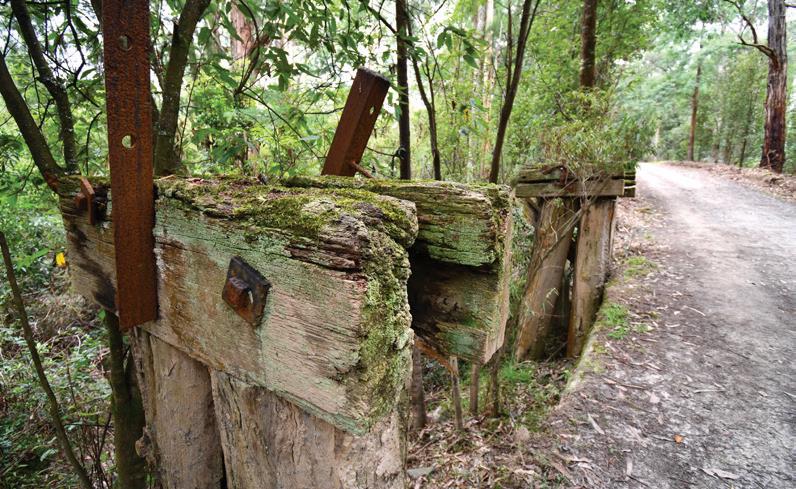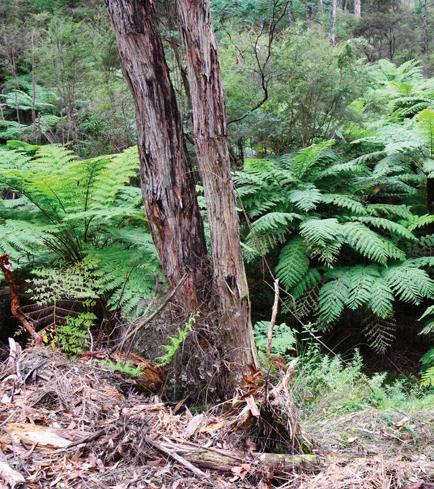
1 minute read
Rokeby Trails
Wintery weather shouldn’t keep you cooped up indoors! Rug up, pack the rain coats and you’ll realise that embracing the cool, refreshing, brisk air is invigorating.
The rural town of Rokeby is only a short, 10 minute drive from Warragul. With a variety of trails to explore, it’s an ideal place to connect with nature, feel the benefits of exercise and tune into your senses. You can easily slip into a state of calm mindfulness.
Advertisement
As you make your way along the trails, take notice of the damp, earthy fragrance of the forest. The cool days create light mists that linger in the air and create a truly ethereal atmosphere. Tune into the symphony of soothing sounds of various bird calls, rustling leaves and the faint, distant hum of tractors.
Rokeby to Crossover Rail Trail
The Rokeby to Crossover Rail Trail is popular with cyclists, horse riders and walkers. Dogs are also welcome, but must be kept on a leash. The trail has a very gentle gradient the whole way and is 4 km long, taking approximately one hour and 45 minutes (one way). It is wide and wellmaintained.
At the beginning of the walk, you can see glimpses of lush green farmland beyond the trees. As you get further in, the forest thickens and you look down into dense fern gullies. Within the forest are large Strzelecki Gums. They have trunks with a mottled brown bark that sheds in patches to reveal a smooth, white underlayer. The gums stand up to 30 metres tall and are only found in the South and West Region of Victoria.

If you hear something scratching loudly in the bushes, look closer and you may find an echidna. I’ve seen many of these cute, spikey creatures here.
At the end of the trail, you can see the heritage-listed Crossover Trestle Bridge. This historical remnant still remains in its original condition and is the last of its kind in Victoria.

If you visit in winter or early spring, it’s likely you’ll see bursts of pink wildflowers, called Pink Heath spotted on the sides of the trail. To truly appreciate these wonders, get up close to admire the tiny bell-shaped structures that grow in clusters, at the end of the small shrubs. They are important to the ecosystem, as they attract pollinators such as bees and butterflies.











